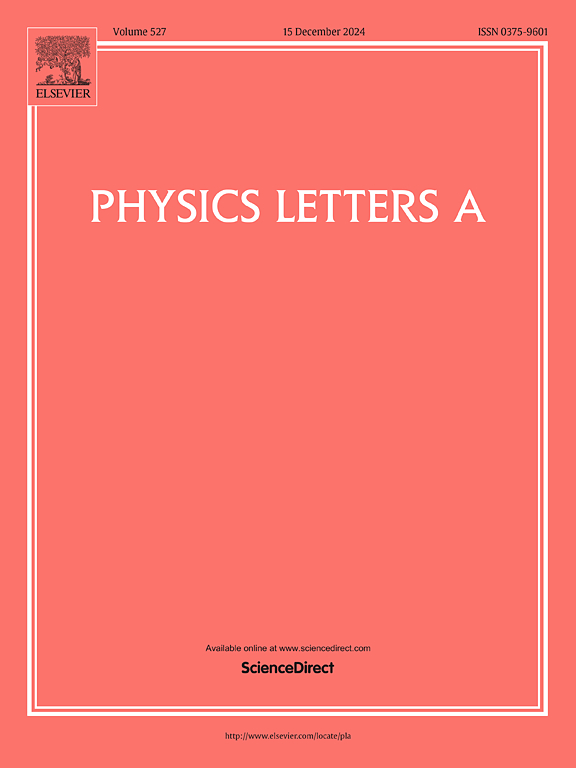GBS量子计算机的验证测试为退相干目标的量子优势提供了证据
IF 2.3
3区 物理与天体物理
Q2 PHYSICS, MULTIDISCIPLINARY
引用次数: 0
摘要
计算验证对于大规模量子计算机至关重要。人们需要既快速又准确的计算机,以及能够封装此类网络复杂性的测试。在这里,我们利用分组计数概率(GCPs)的正p相空间模拟作为指纹来验证来自声称具有量子计算优势的大高斯玻色子采样(GBS)量子计算机的多模式数据。这样的模拟使人们能够区分由实验产生的真正的非经典相关性和由复制光探测测量的经典算法获得的相关性。我们使用这些方法来验证144通道GBS实验的输出,其中我们显示数据离理想的基础真值分布足够远,以至于它被使用纯经典状态实现的经典算法击败,尽管它在包含退相干的最佳拟合基础真值上失败。这为一个改进的问题提供了与量子计算优势一致的证据:一个非经典的,部分热化的地面真值模型。即使使用此模型,也存在差异,表明可能存在参数估计错误。还执行从多个高阶分组计数随机生成的测试。这些都可以测量和模拟,提供了一种难以复制的验证方法。本文章由计算机程序翻译,如有差异,请以英文原文为准。
Validation tests of GBS quantum computers give evidence for quantum advantage with a decoherent target
Computational validation is vital for large-scale quantum computers. One needs computers that are both fast and accurate along with tests that encapsulate the complexity of such networks. Here, we utilize positive-P phase-space simulations of grouped count probabilities (GCPs) as a fingerprint for verifying multi-mode data from large Gaussian boson sampling (GBS) quantum computers that claim quantum computational advantage. Such simulations allow one to distinguish between true non-classical correlations generated by an experiment, and those obtained from a classical algorithm that replicates the photo-detection measurements. We use these methods to verify the outputs of a 144-channel GBS experiment, where we show data is far enough from the ideal ground truth distribution that it is beaten by a classical algorithm implemented using purely classical states, although it fails against a best-fit ground truth that includes decoherence. This gives evidence consistent with quantum computational advantage for a modified problem: a non-classical, partly thermalized ground truth model. Even with this model, discrepancies are present, indicating possible parameter estimation errors. Randomly generated tests from multiple high-order grouped counts are also performed. Each of these can be measured and simulated, providing a verification method that may be hard to replicate classically.
求助全文
通过发布文献求助,成功后即可免费获取论文全文。
去求助
来源期刊

Physics Letters A
物理-物理:综合
CiteScore
5.10
自引率
3.80%
发文量
493
审稿时长
30 days
期刊介绍:
Physics Letters A offers an exciting publication outlet for novel and frontier physics. It encourages the submission of new research on: condensed matter physics, theoretical physics, nonlinear science, statistical physics, mathematical and computational physics, general and cross-disciplinary physics (including foundations), atomic, molecular and cluster physics, plasma and fluid physics, optical physics, biological physics and nanoscience. No articles on High Energy and Nuclear Physics are published in Physics Letters A. The journal''s high standard and wide dissemination ensures a broad readership amongst the physics community. Rapid publication times and flexible length restrictions give Physics Letters A the edge over other journals in the field.
 求助内容:
求助内容: 应助结果提醒方式:
应助结果提醒方式:


